2024
0
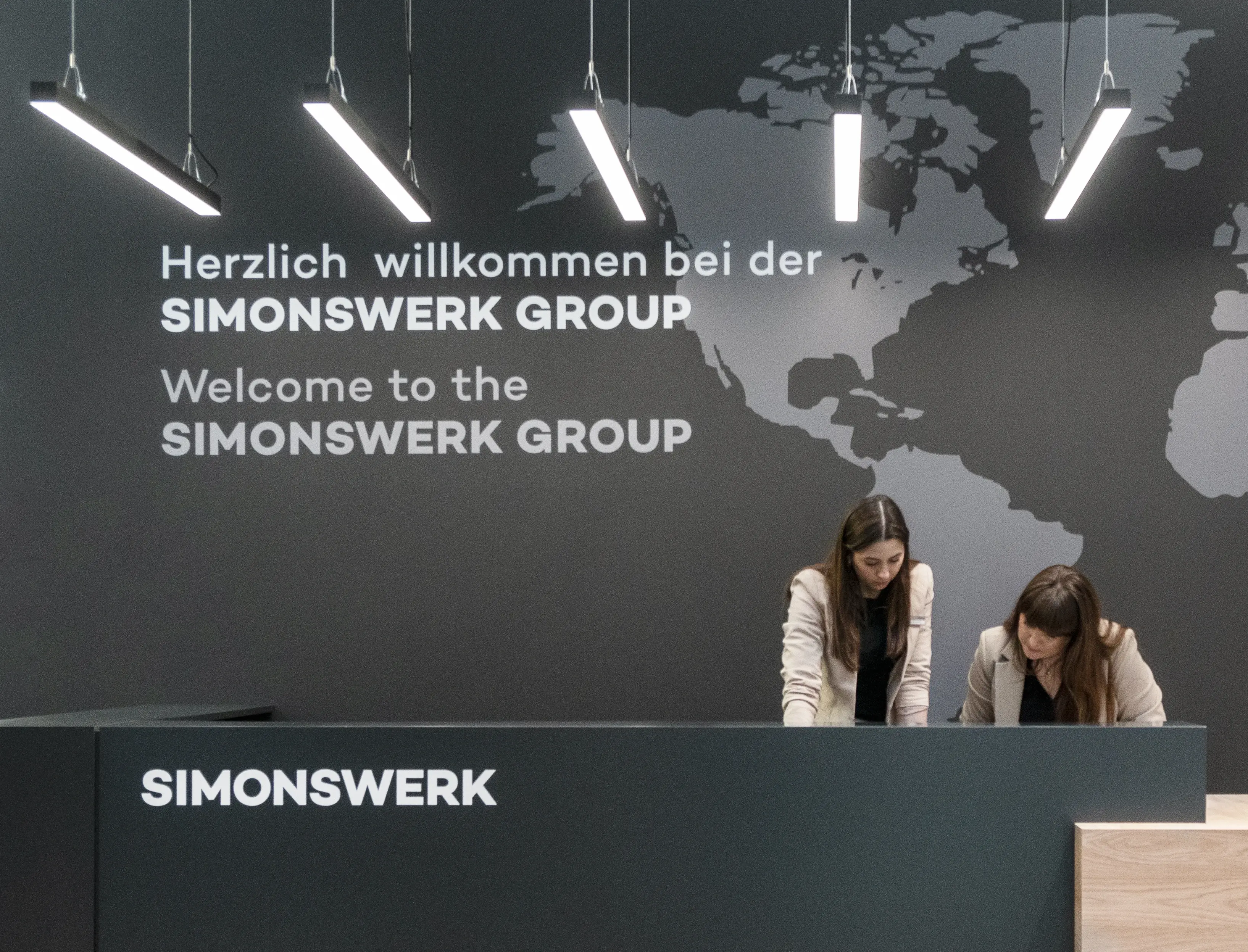
2023
SIMONSWERK GROUP at BAU

2020
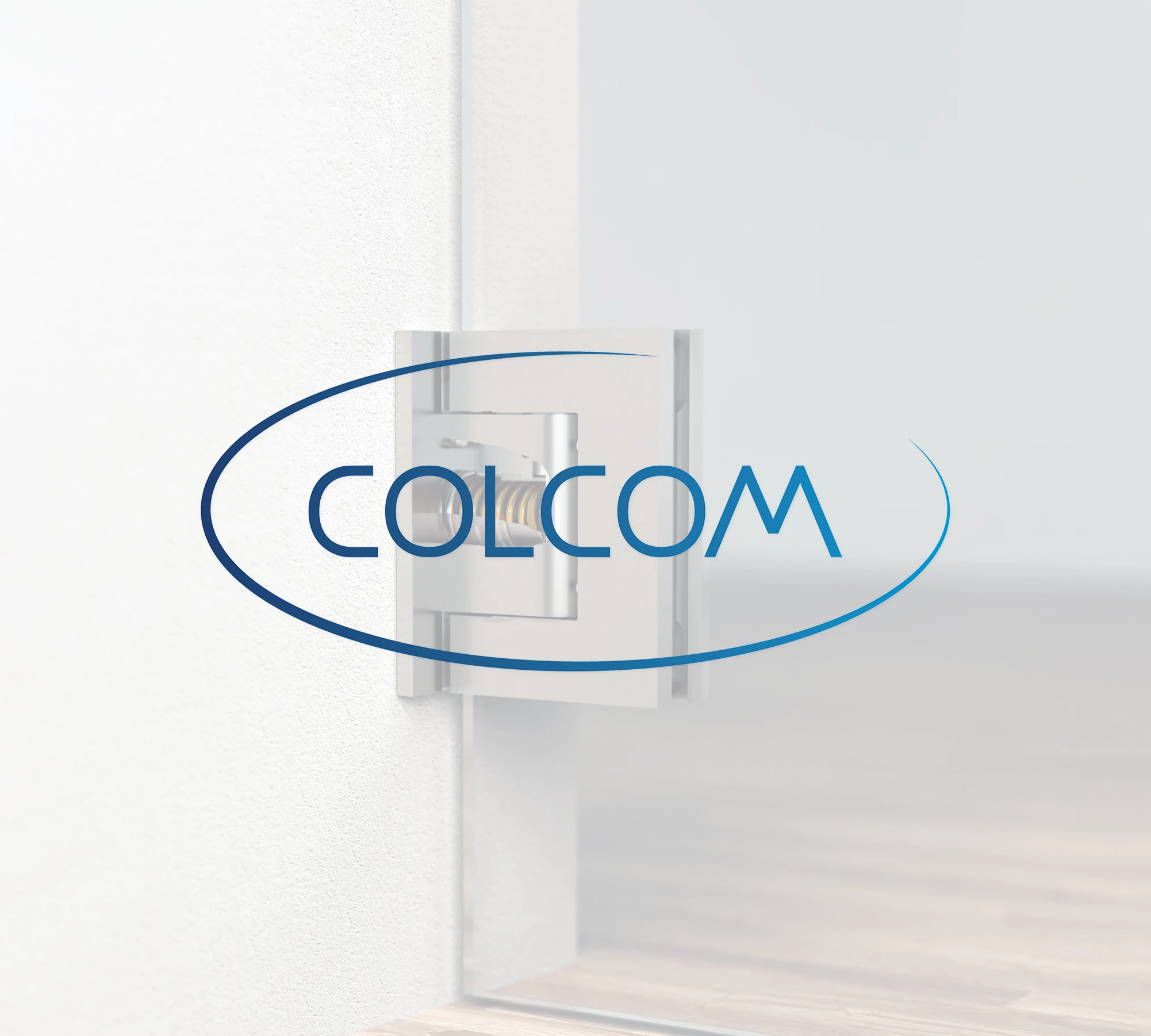
2019
The Colcom Group strengthens the Group
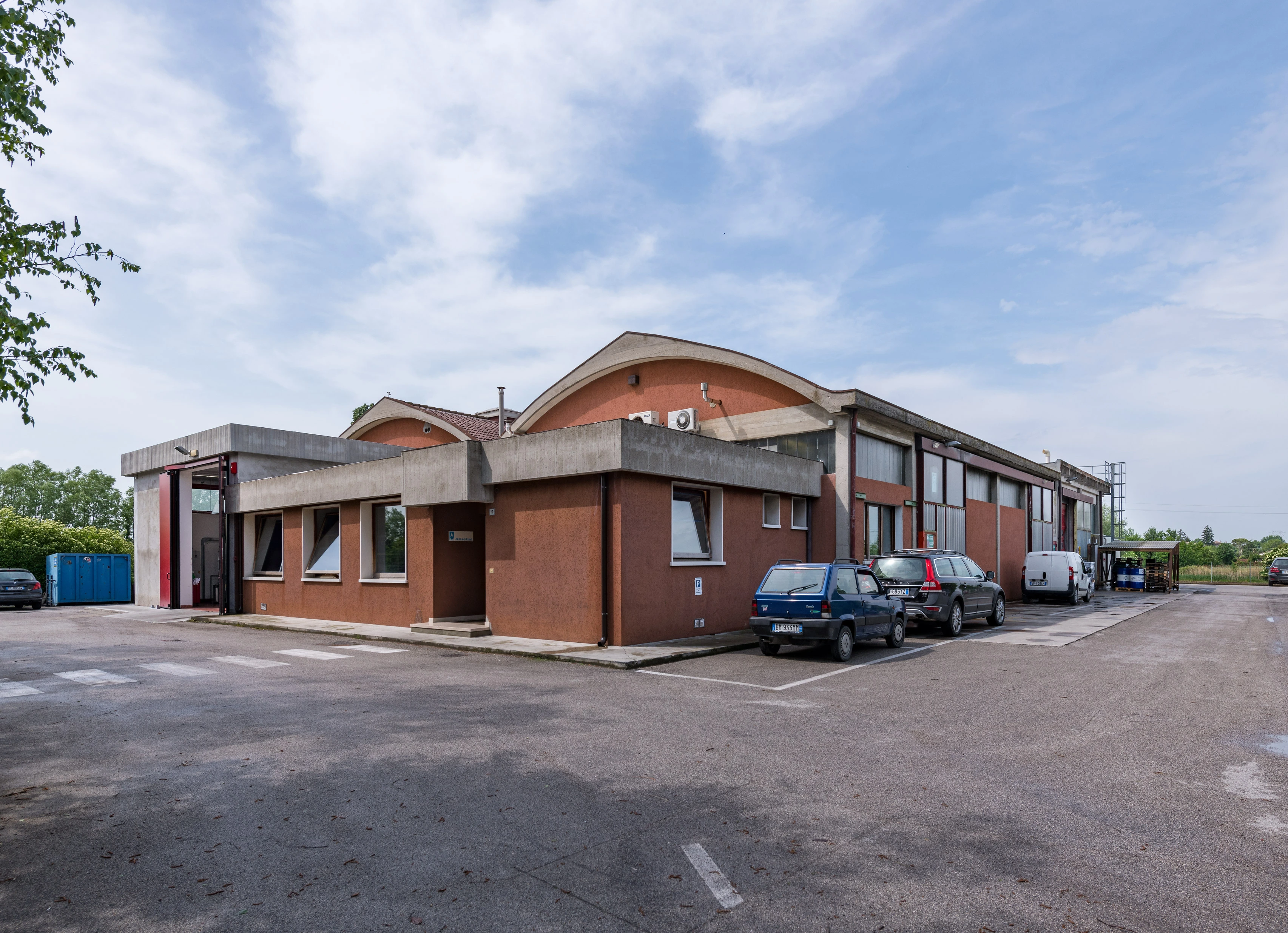
2017
SIMONSWERK is a majority shareholder in Anselmi & C. S.r.l.
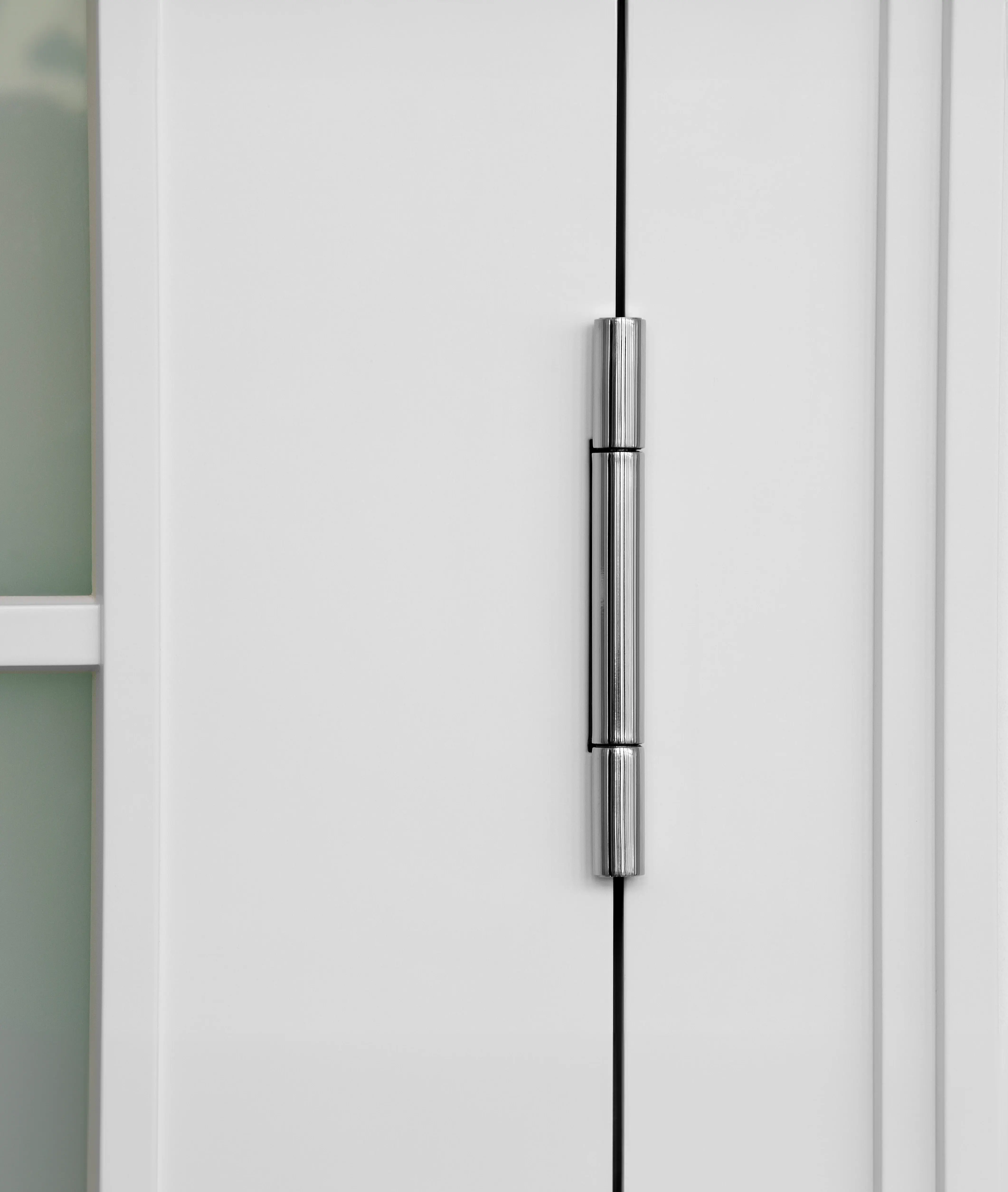
2009
VARIANT Planum - reduced to the essentials
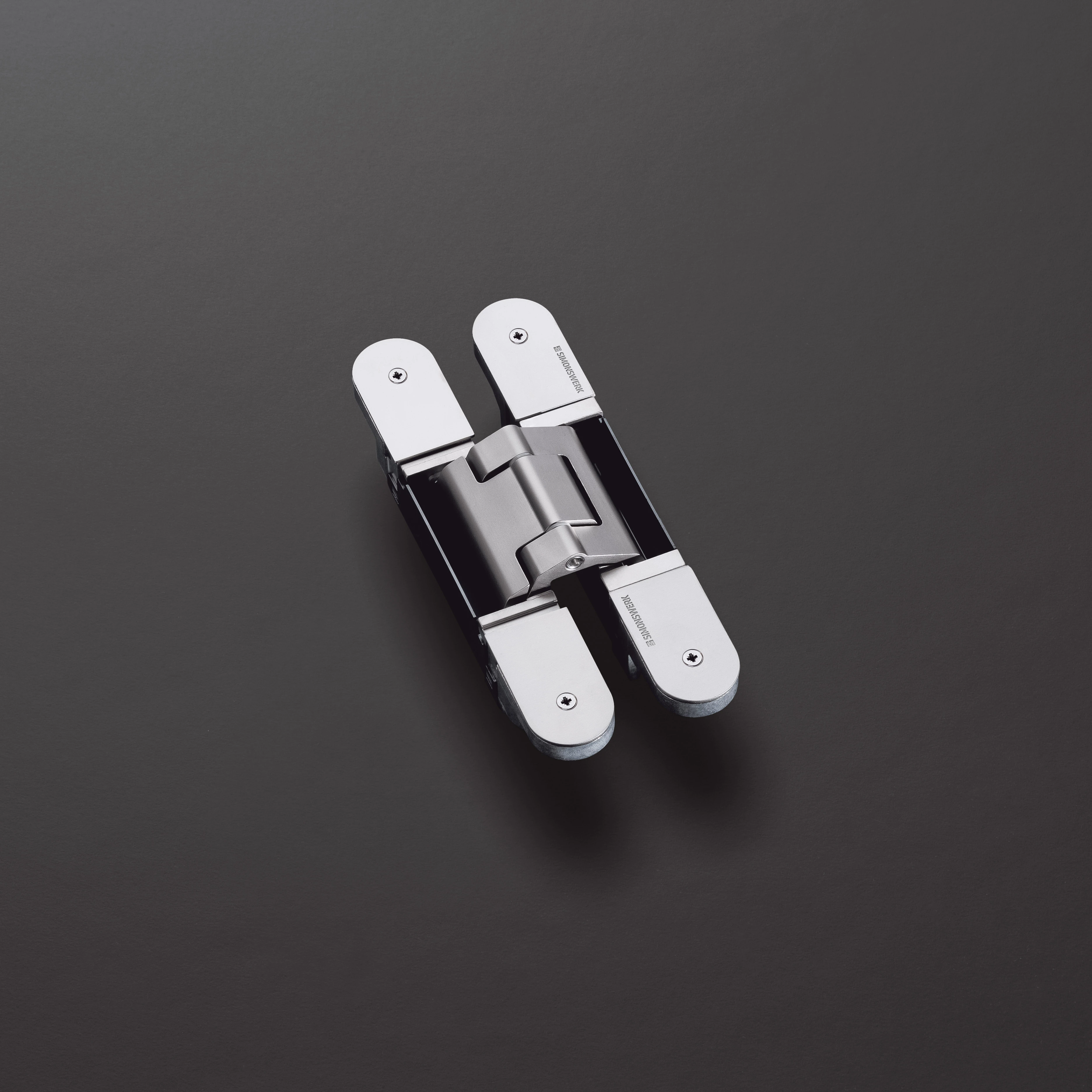
2002
The concealed TECTUS hinge system comes onto the market
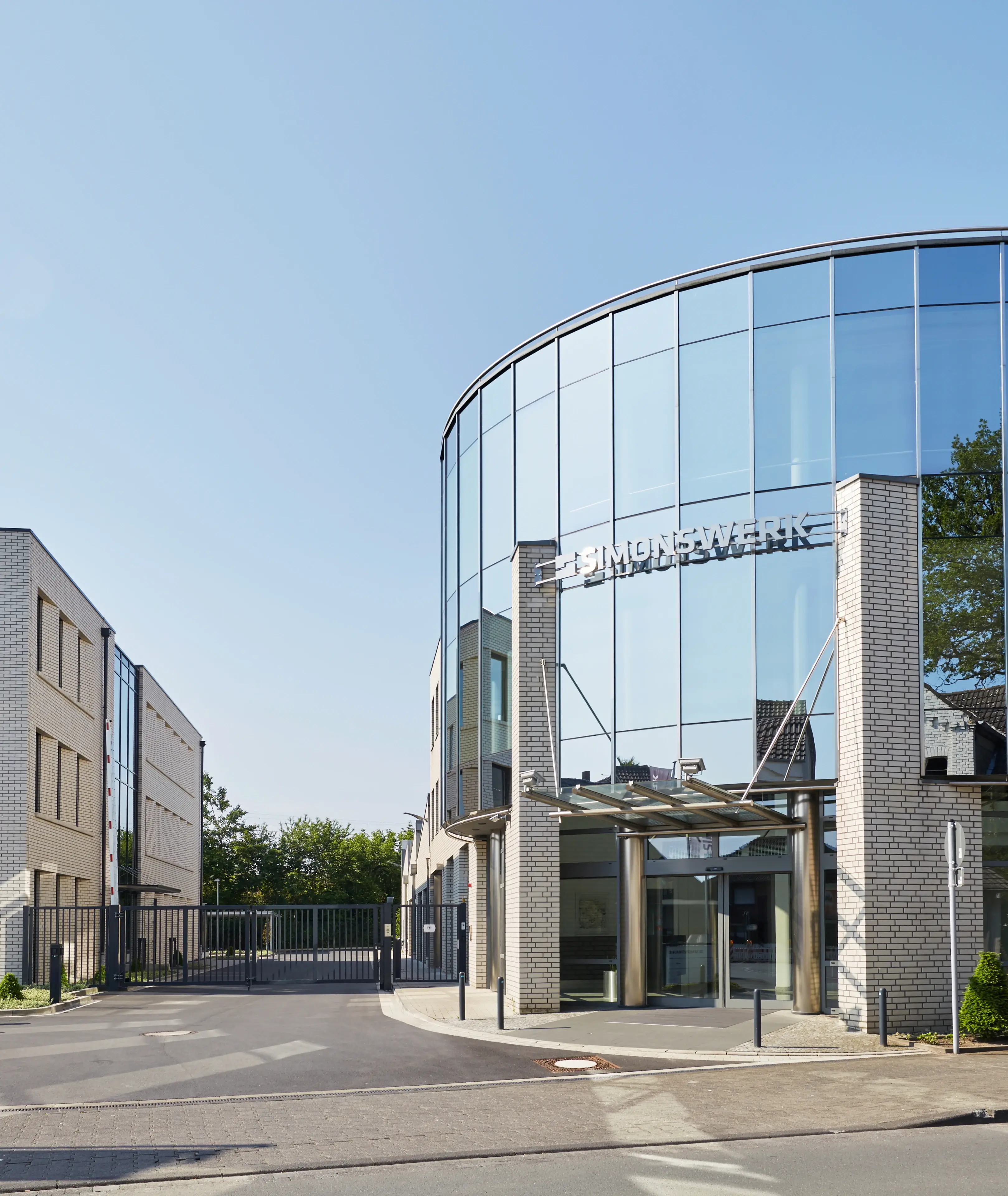
2000
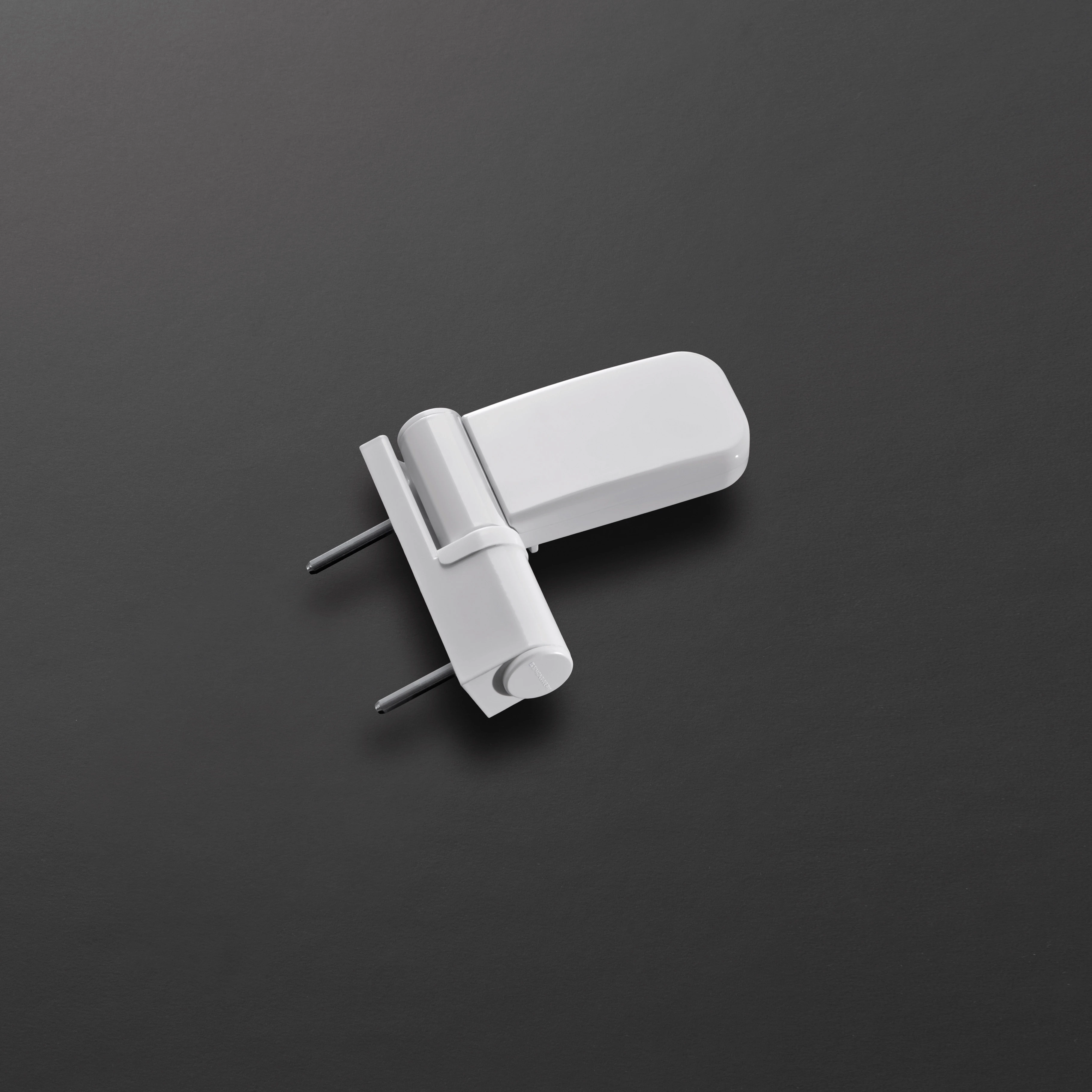
1997
The SIKU 3D hinge system for PVCu entrance doors come onto the market
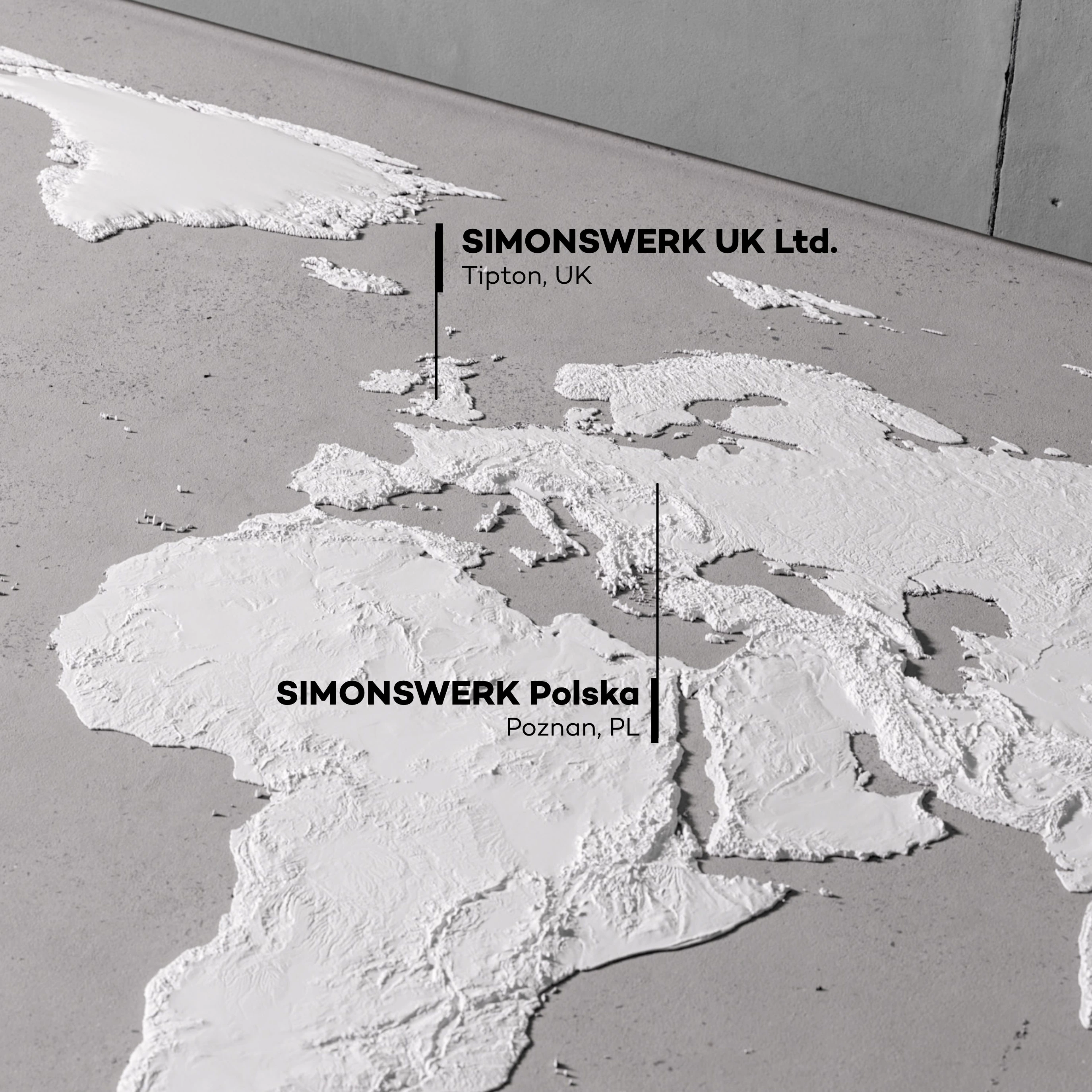
1997
SIMONSWERK POLSKA and SIMONSWERK UK Ltd. sales companies founded
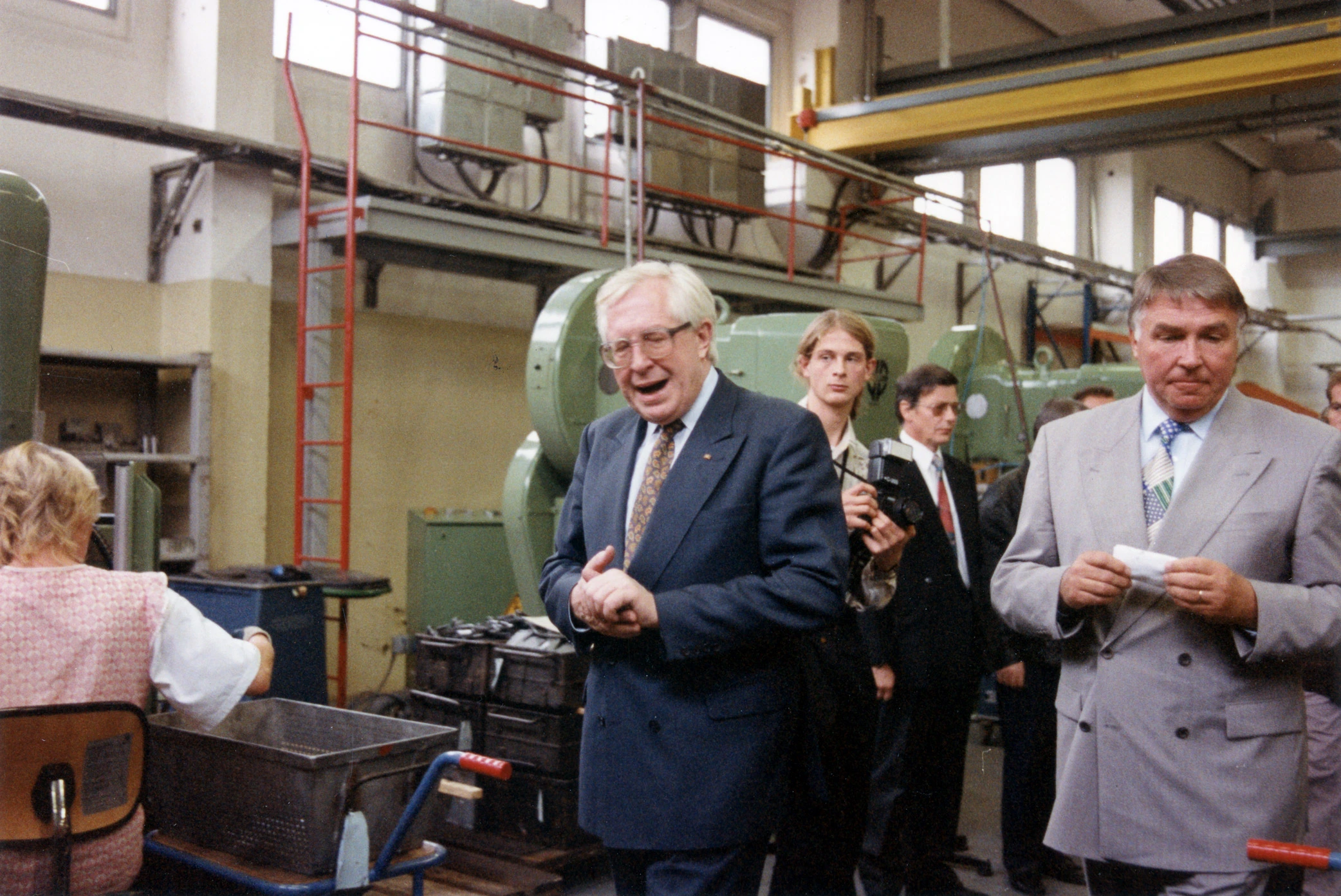
1992
The production facility in Heiligenstadt opens
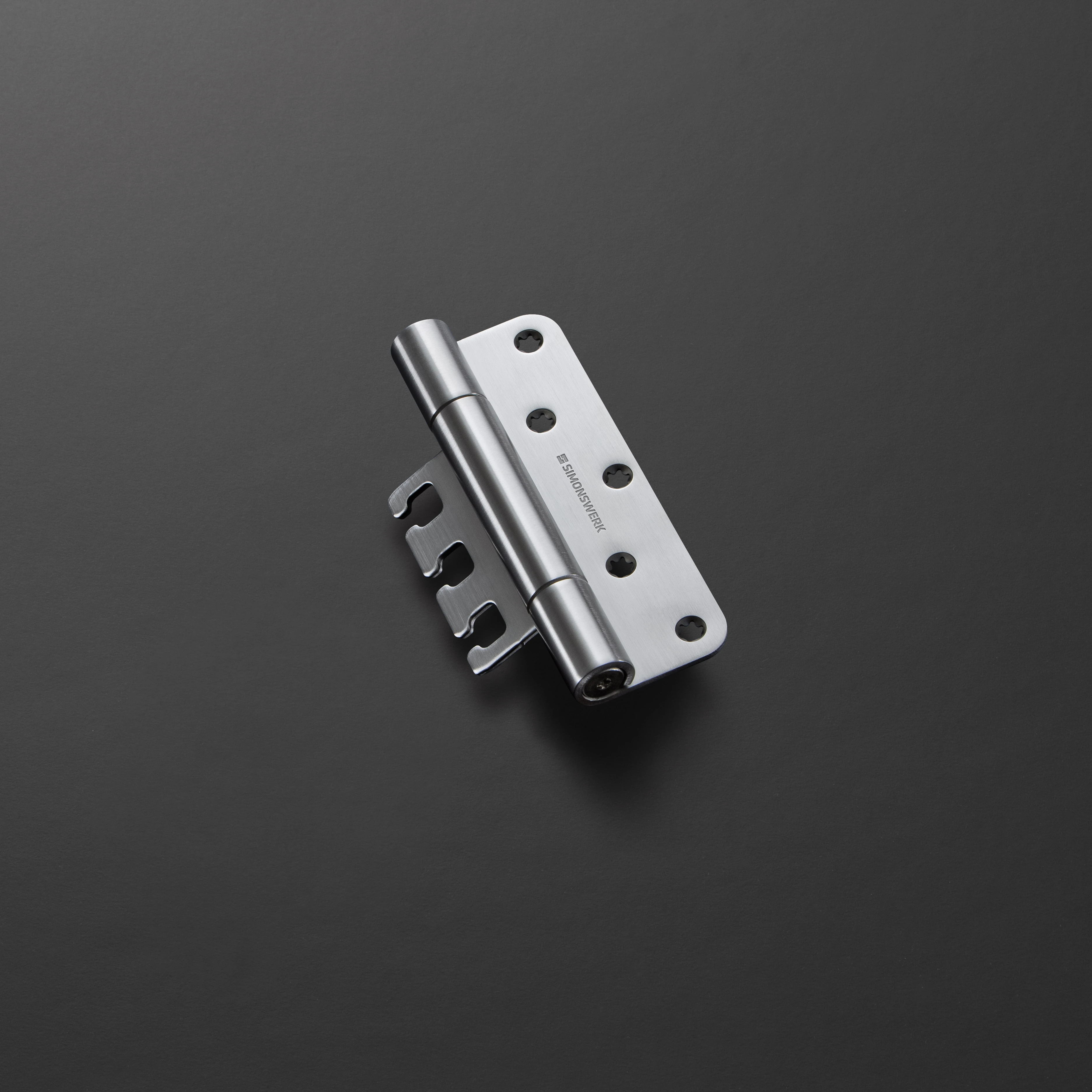
1990
The VARIANT VX knuckle hinge system for heavy-duty doors is developed
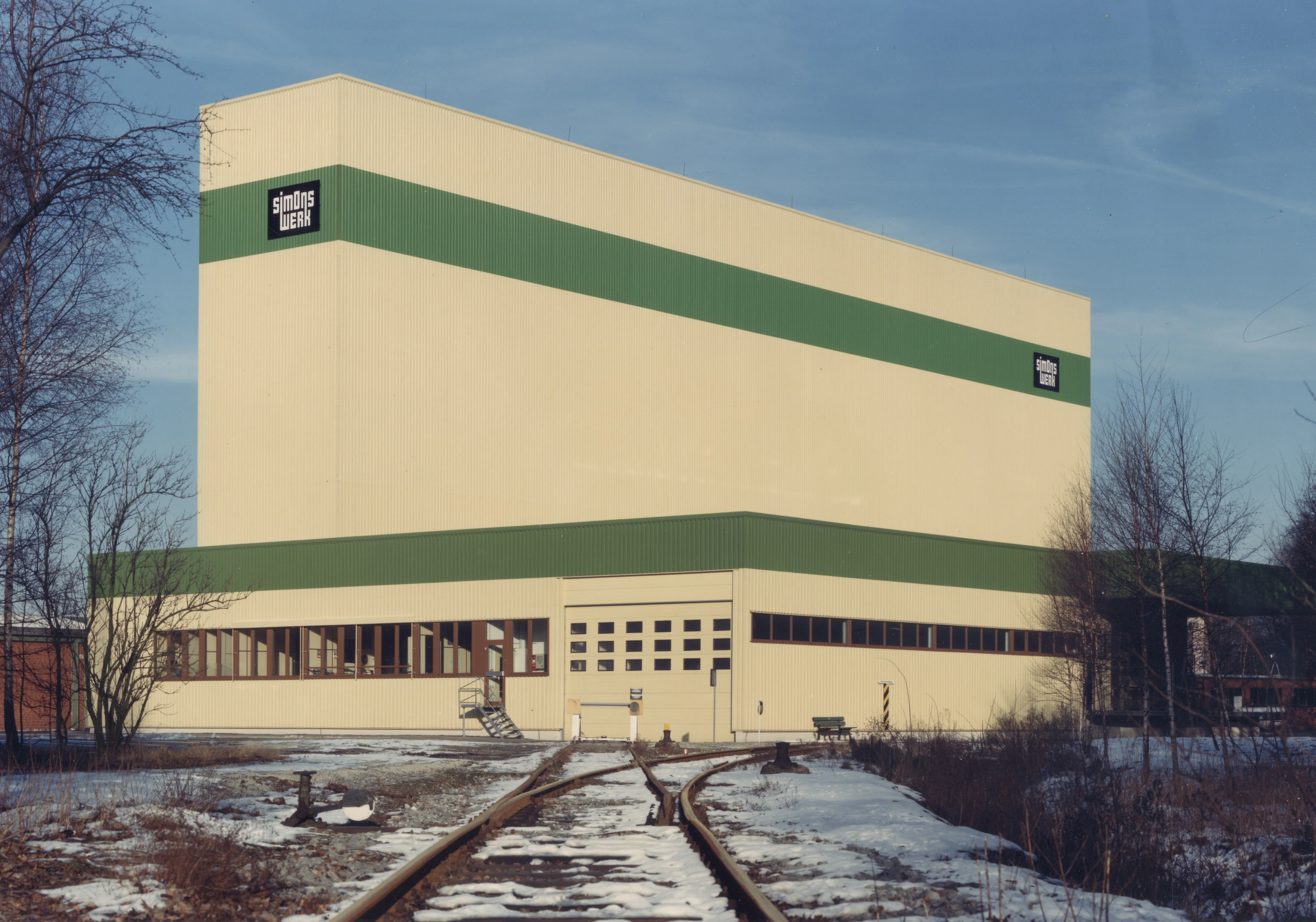
1986
The new high-bay warehouse opens for the first time
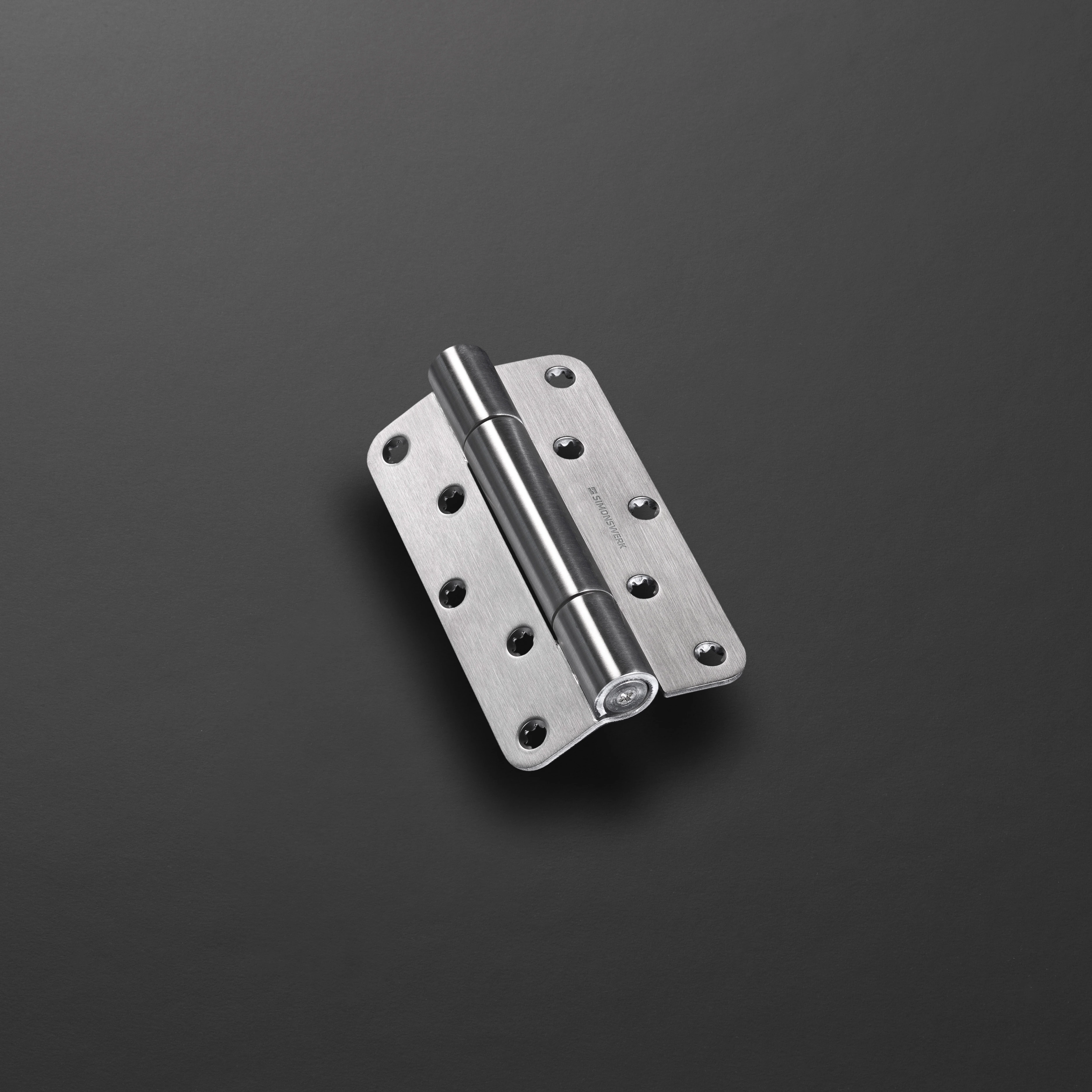
1981
VARIANT VN system comes onto the market
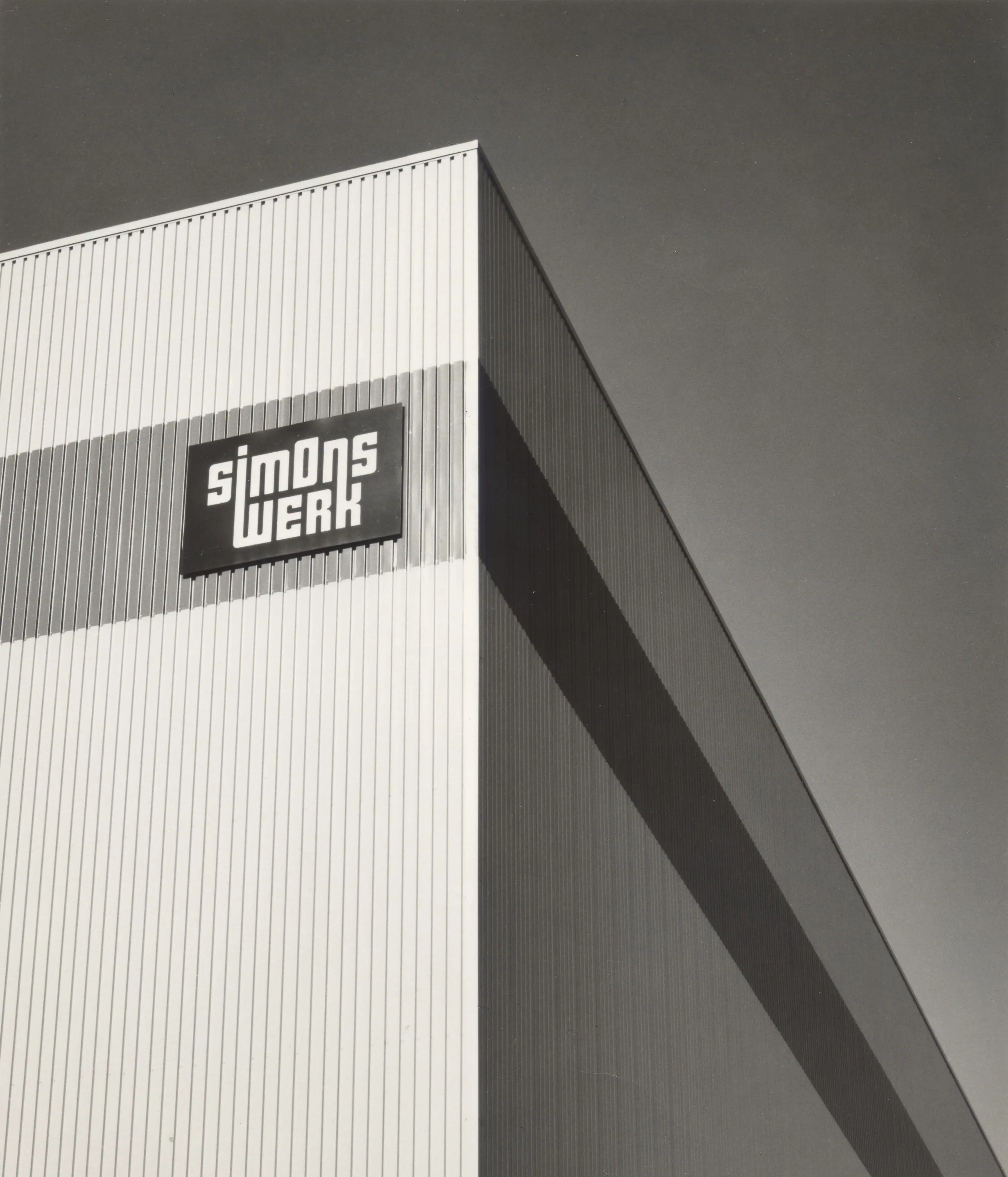
1980
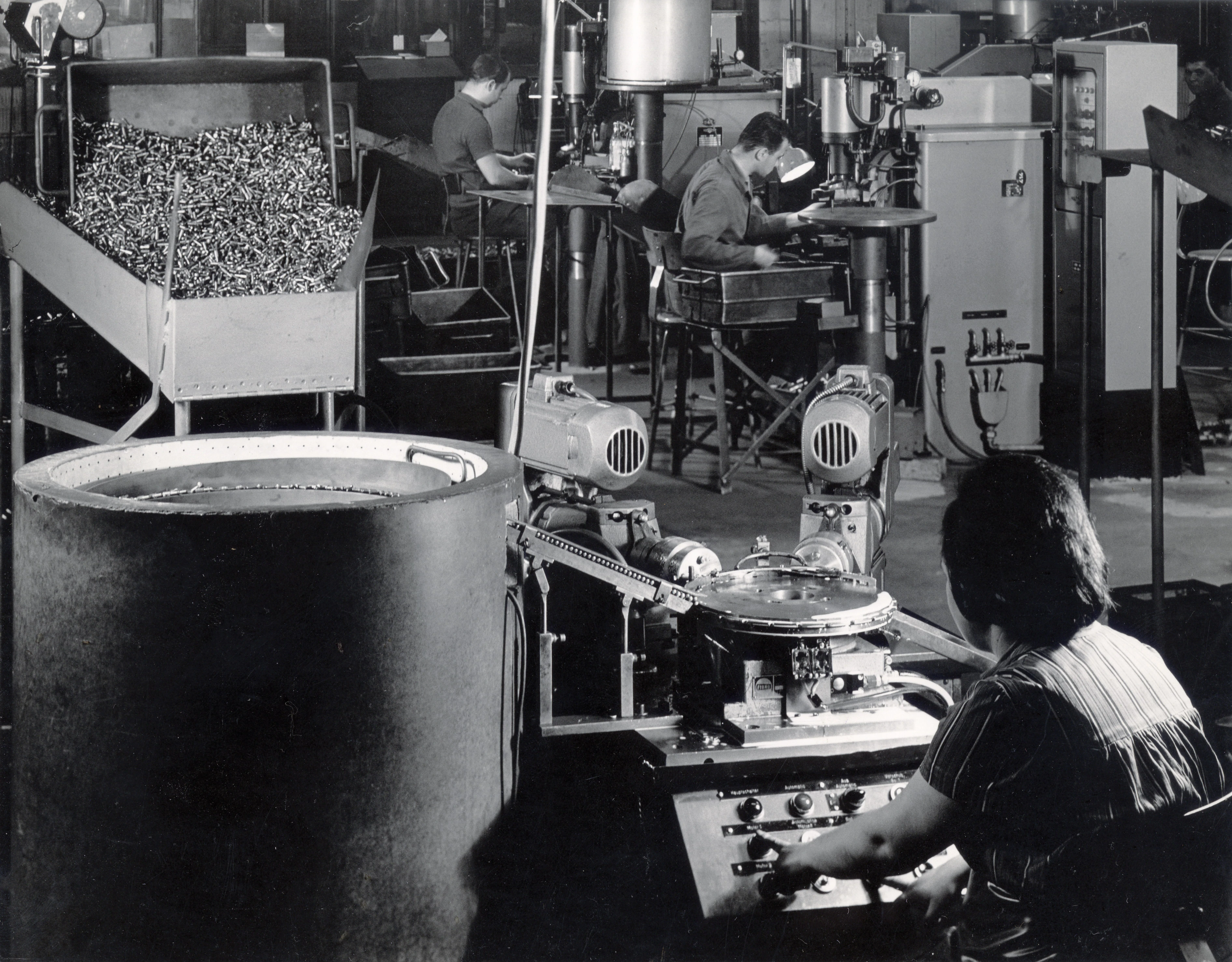
1979
Modernising production
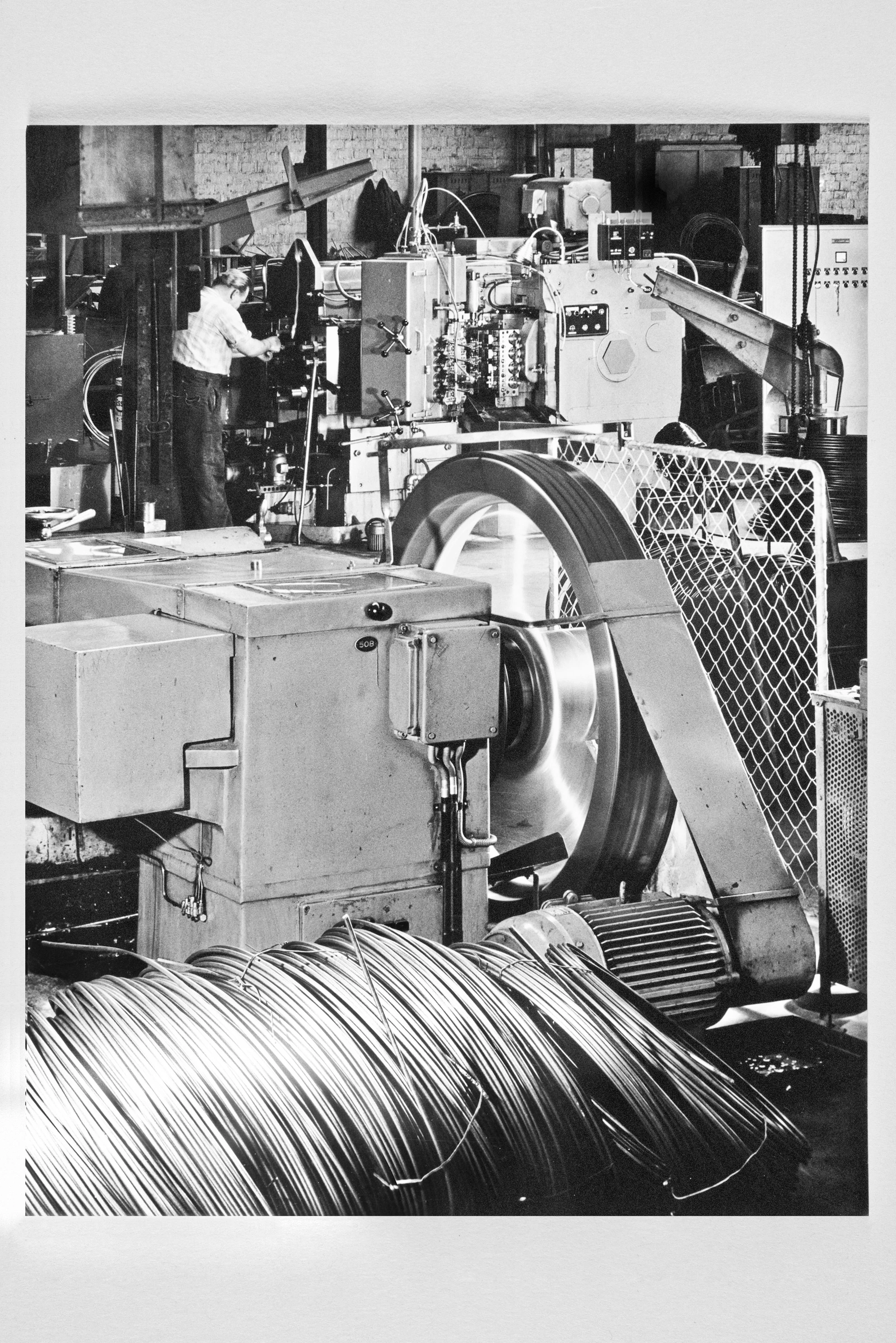
1967
Quality assurance
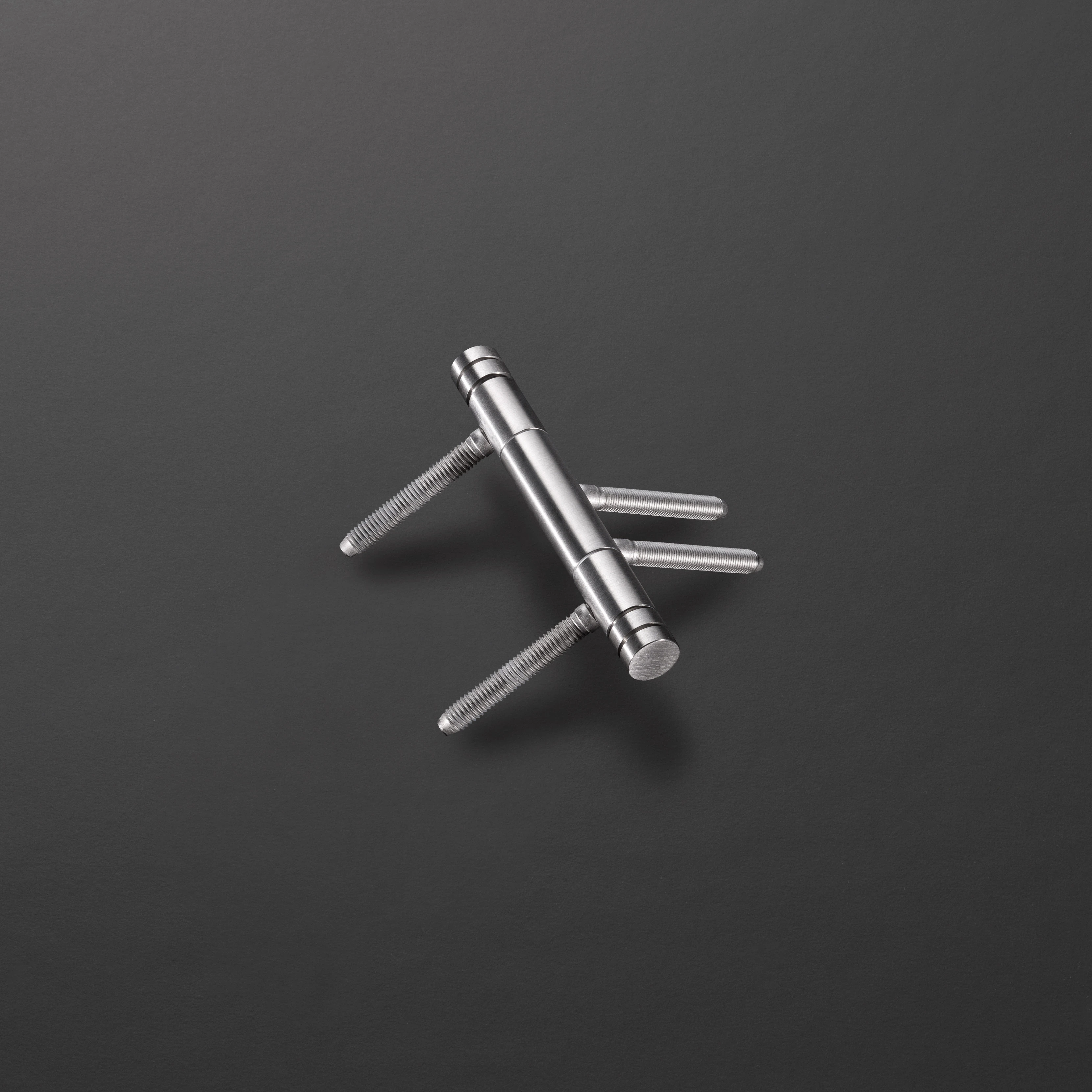
1963
VARIANT comes onto the market
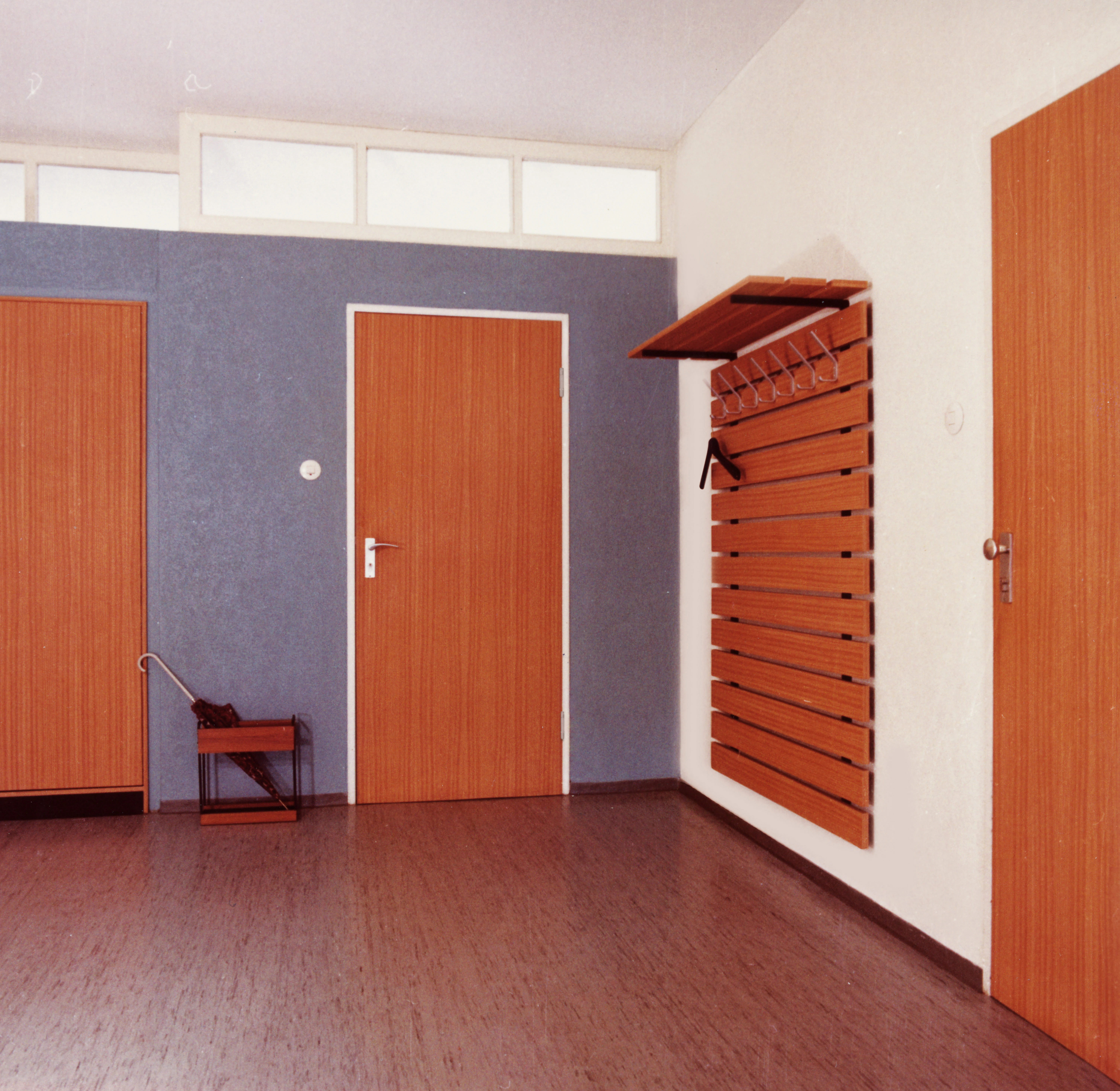
1960
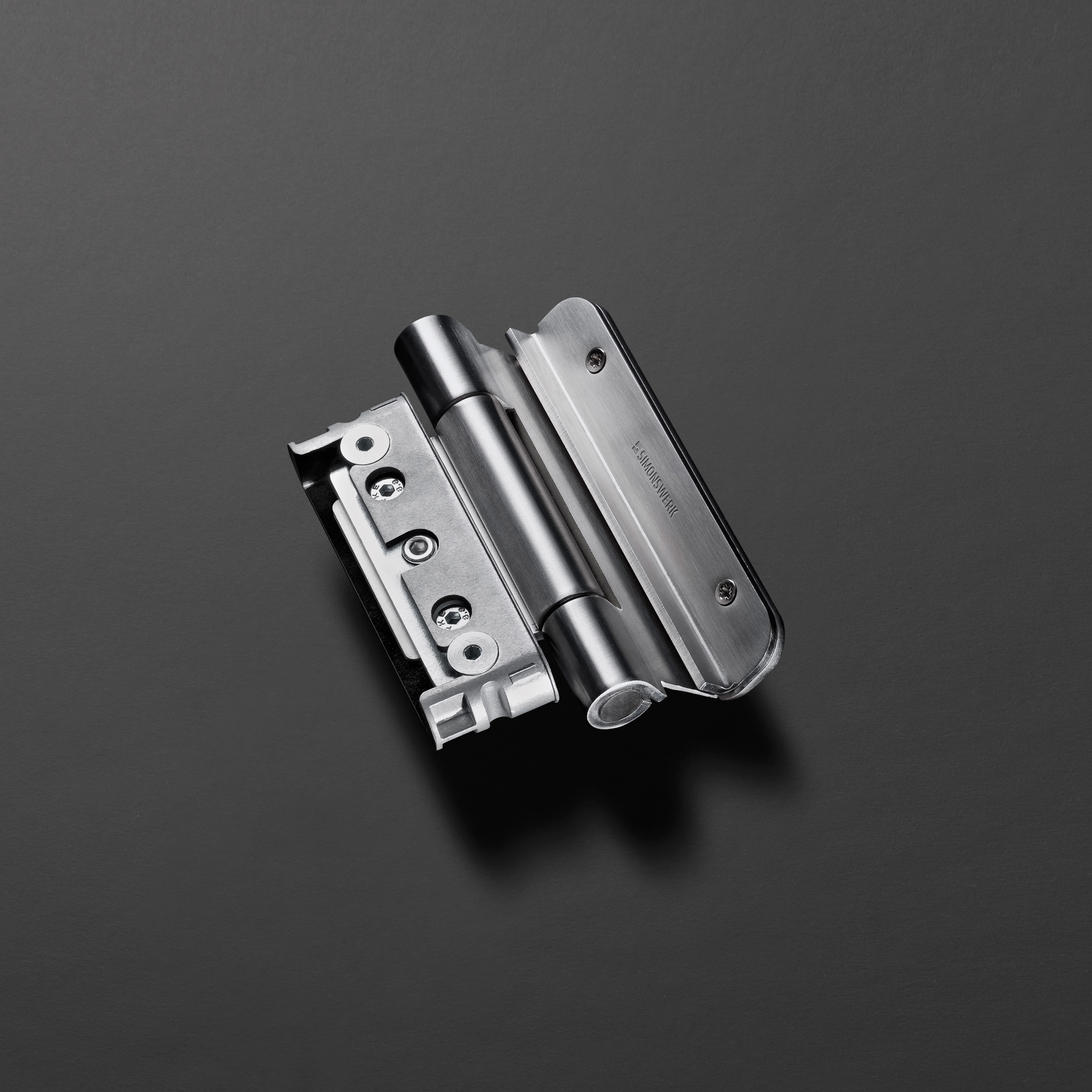
1958
The BAKA hinge system comes onto the market
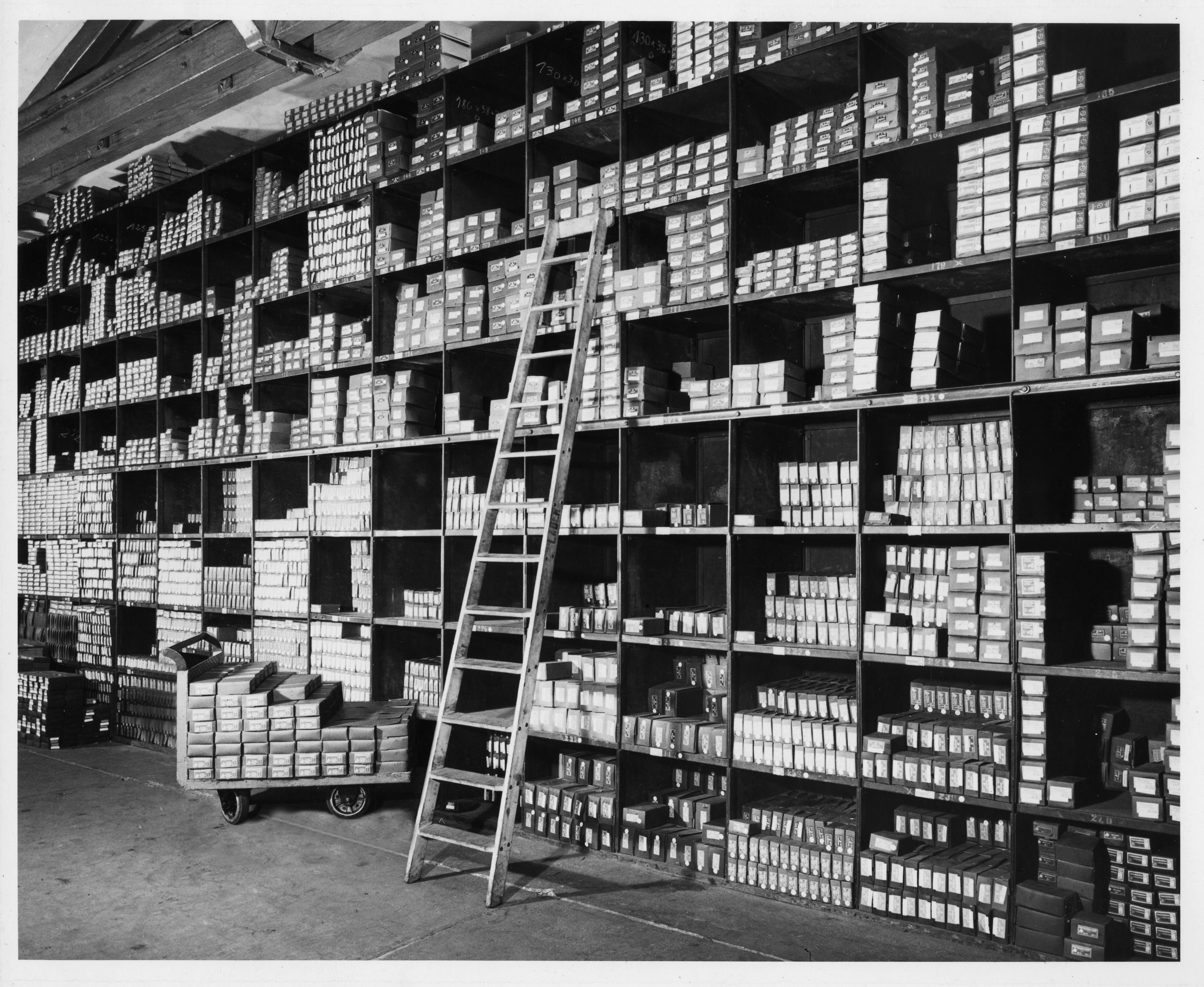
1948
New currency, new business
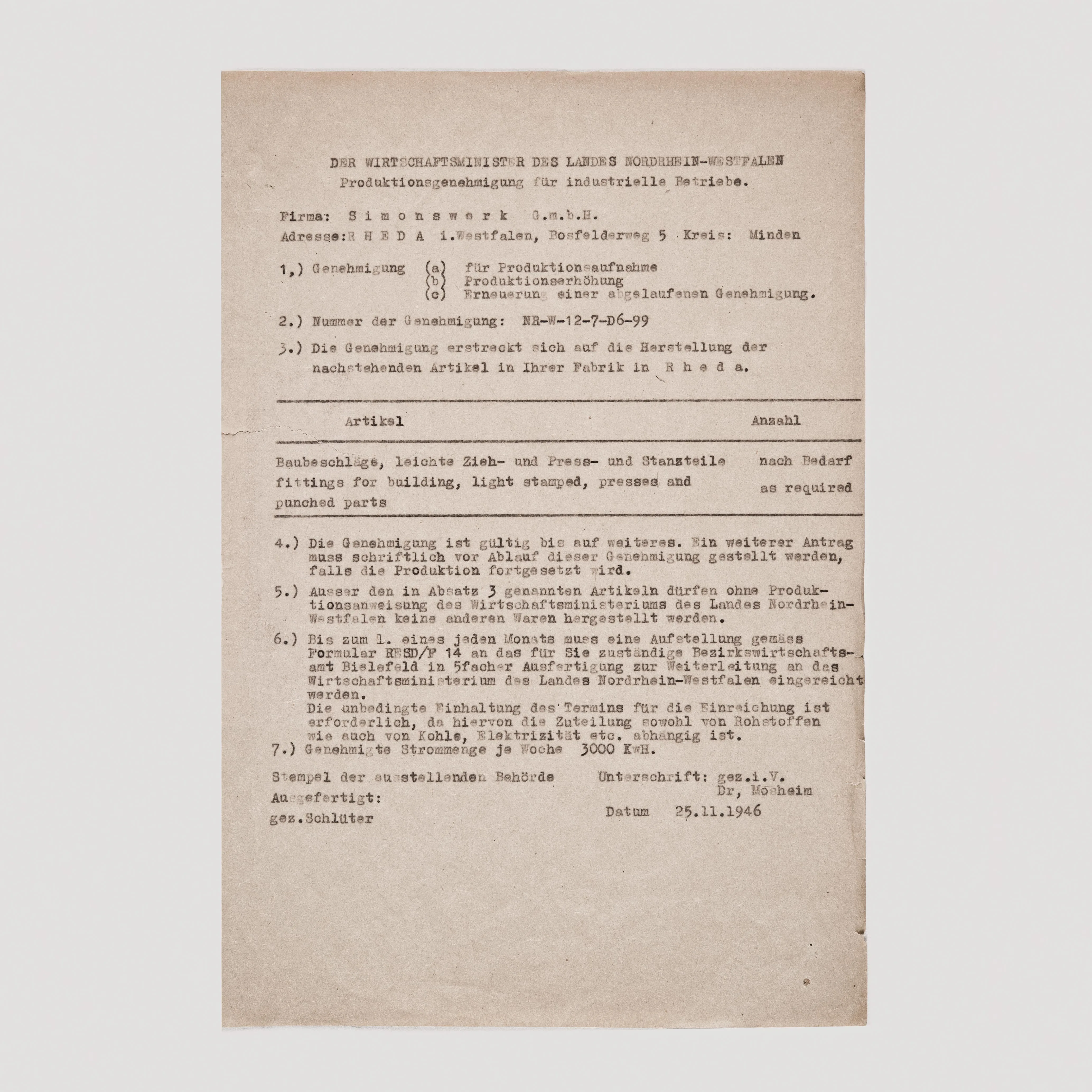
1946
Reboot after the war
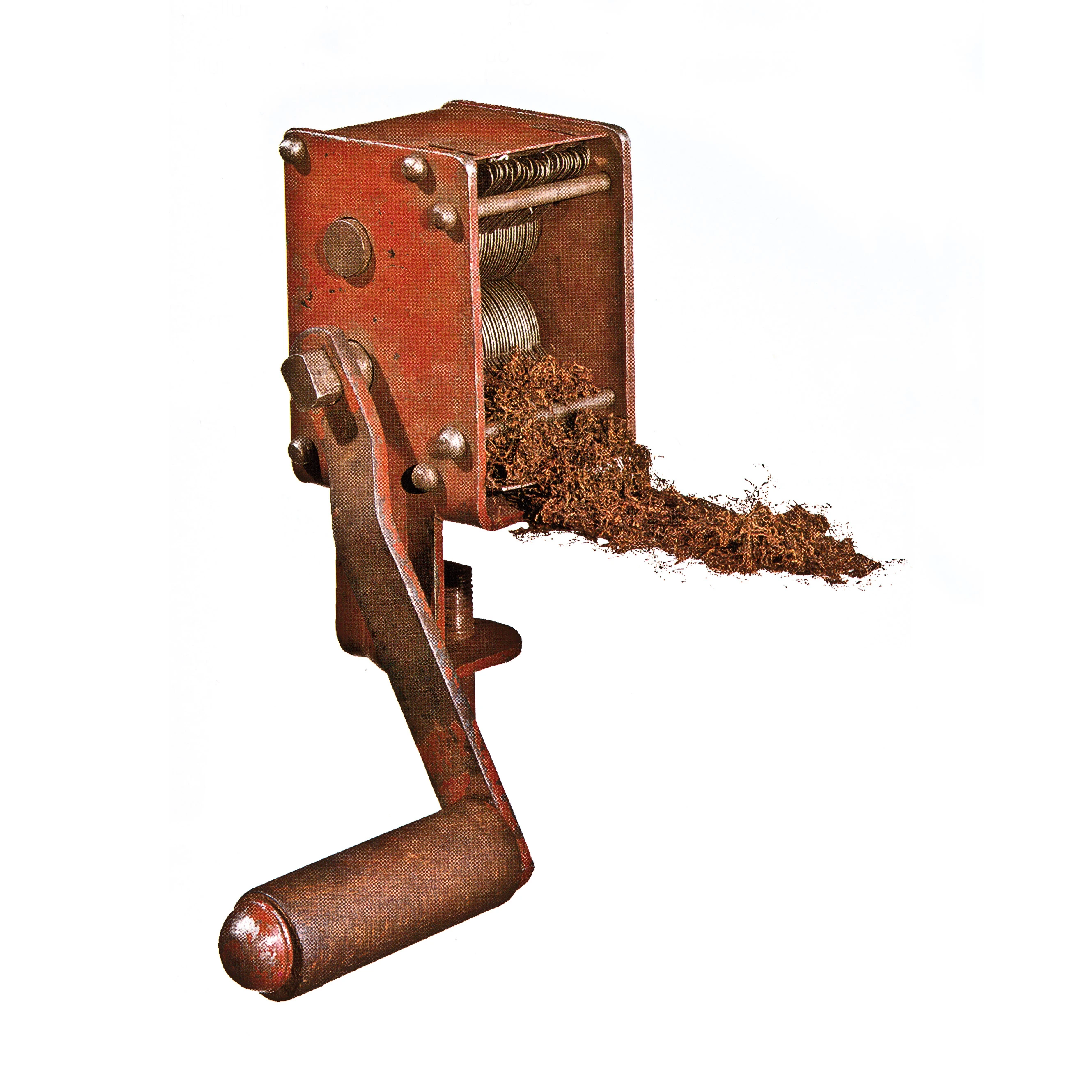
1945
Collapse and restart
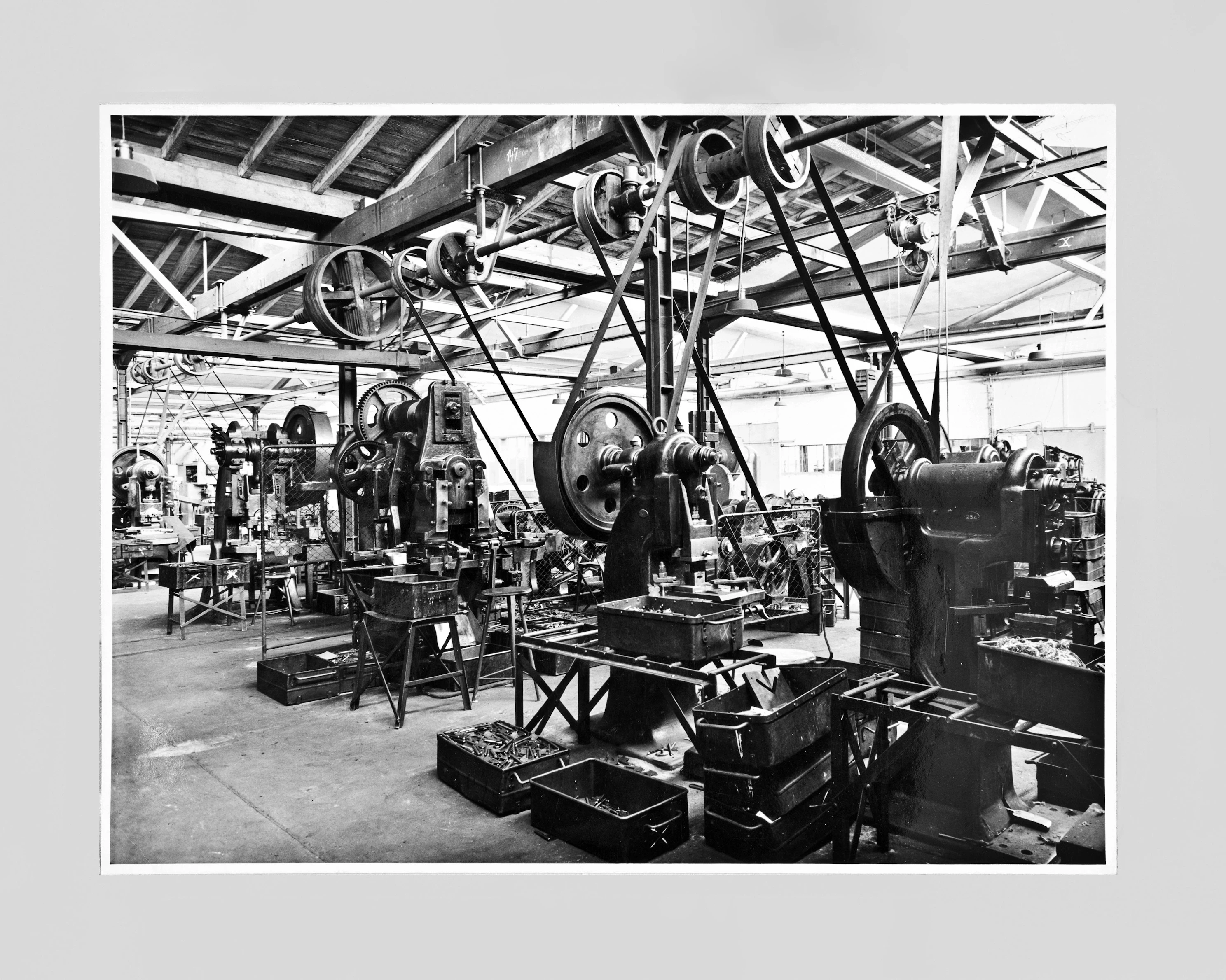
1940
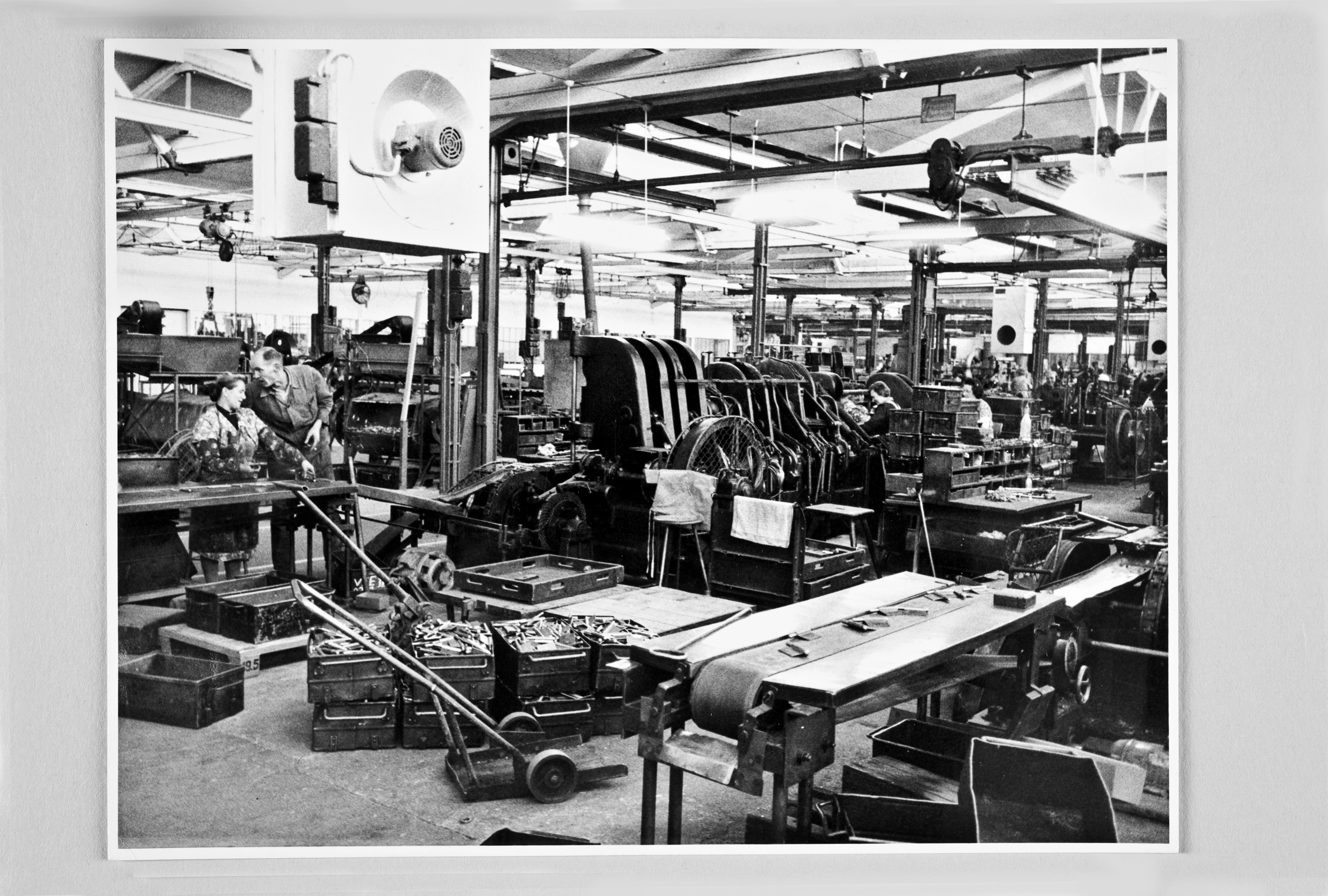
1930
Introduction of S-lines
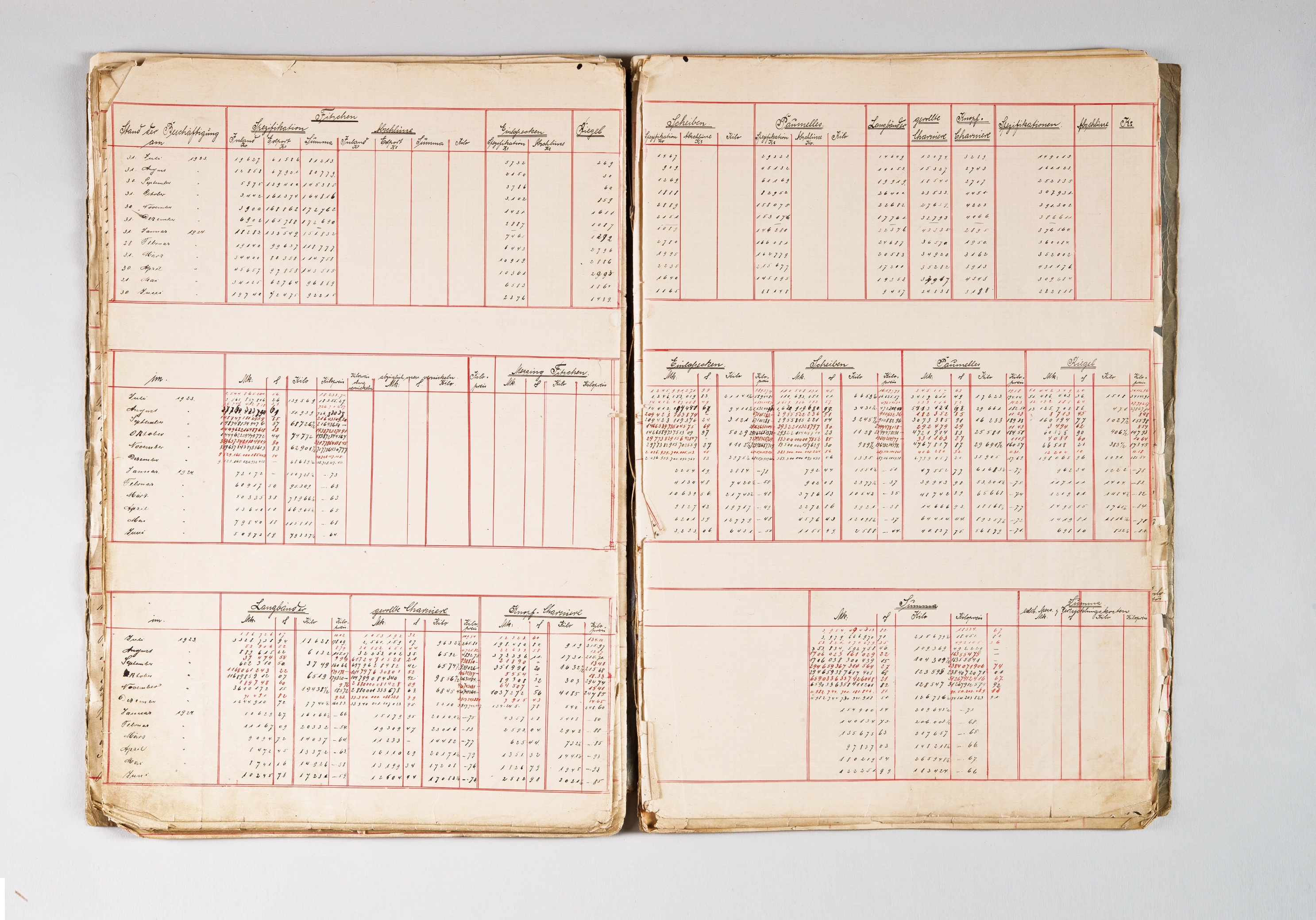
1921
SIMONSWERK in World War I
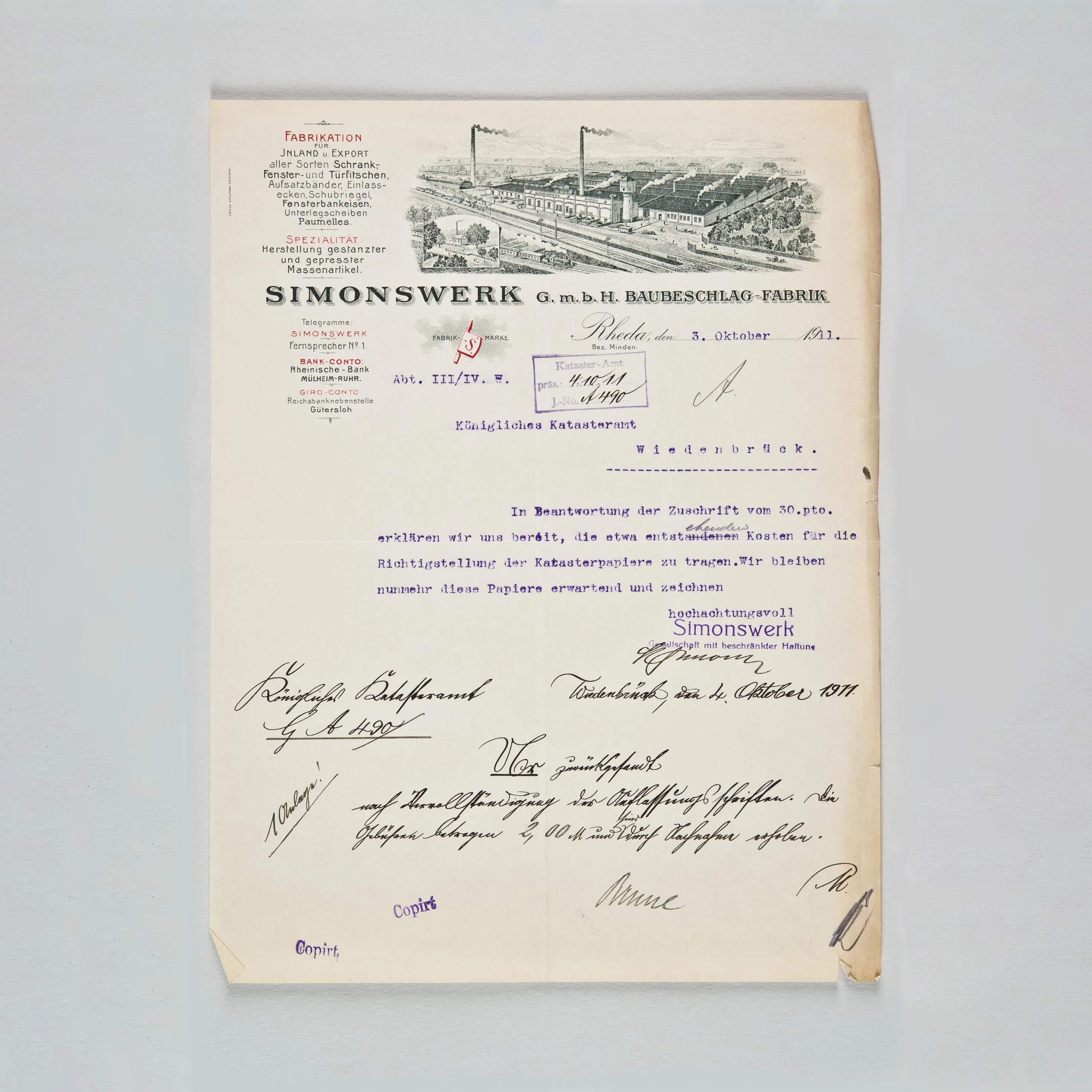
1910
First modernisation measures
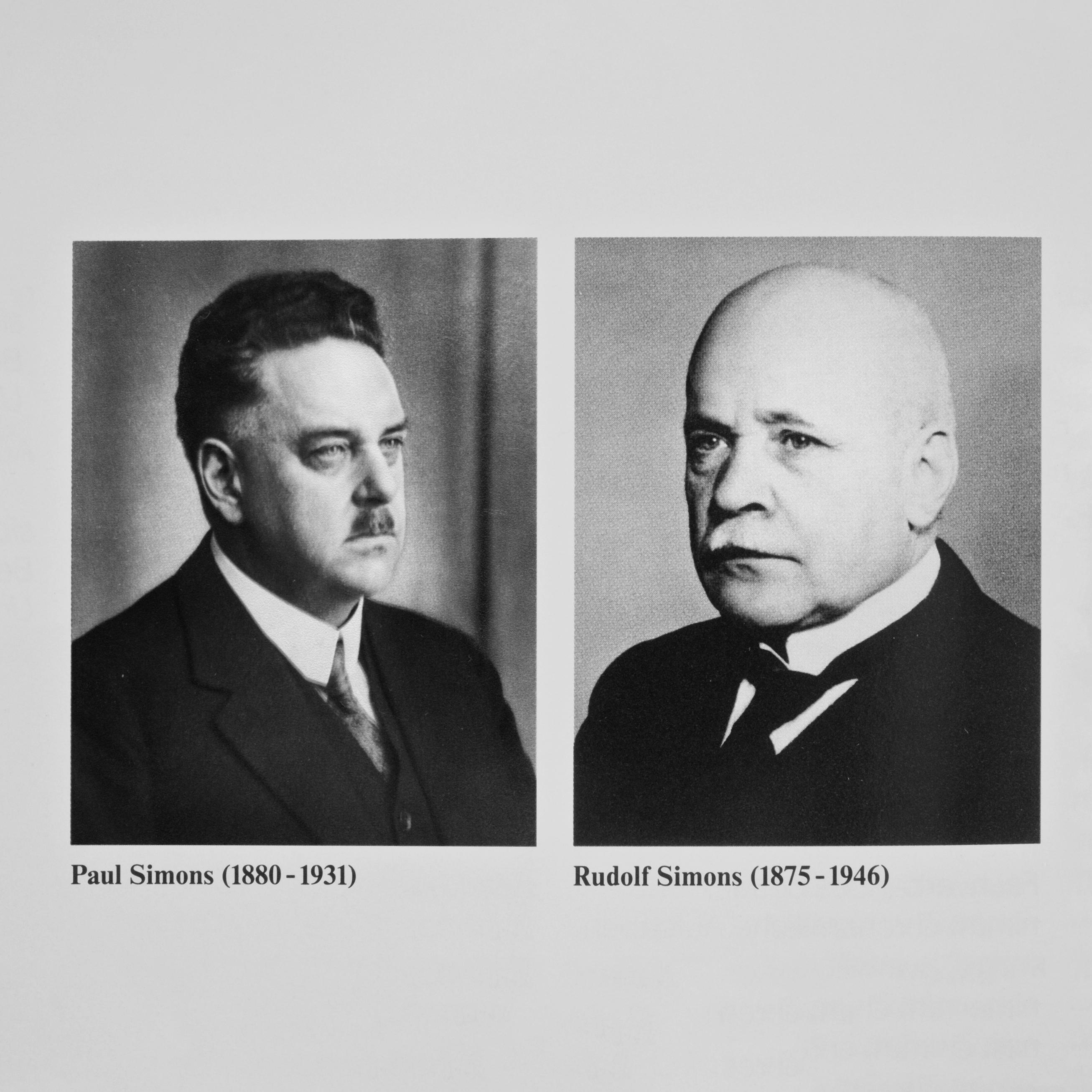
1909
Takeover of the company management
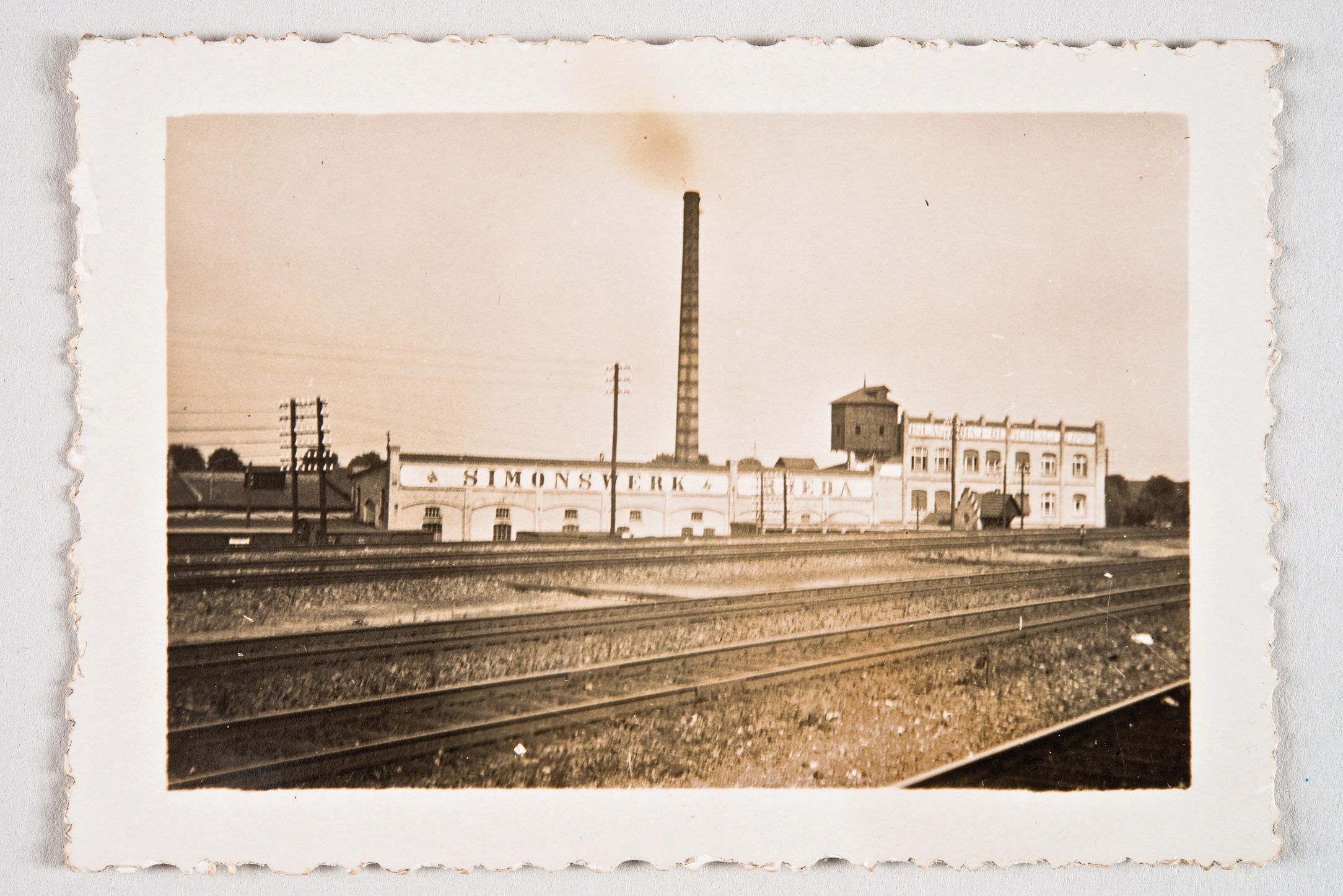
1900
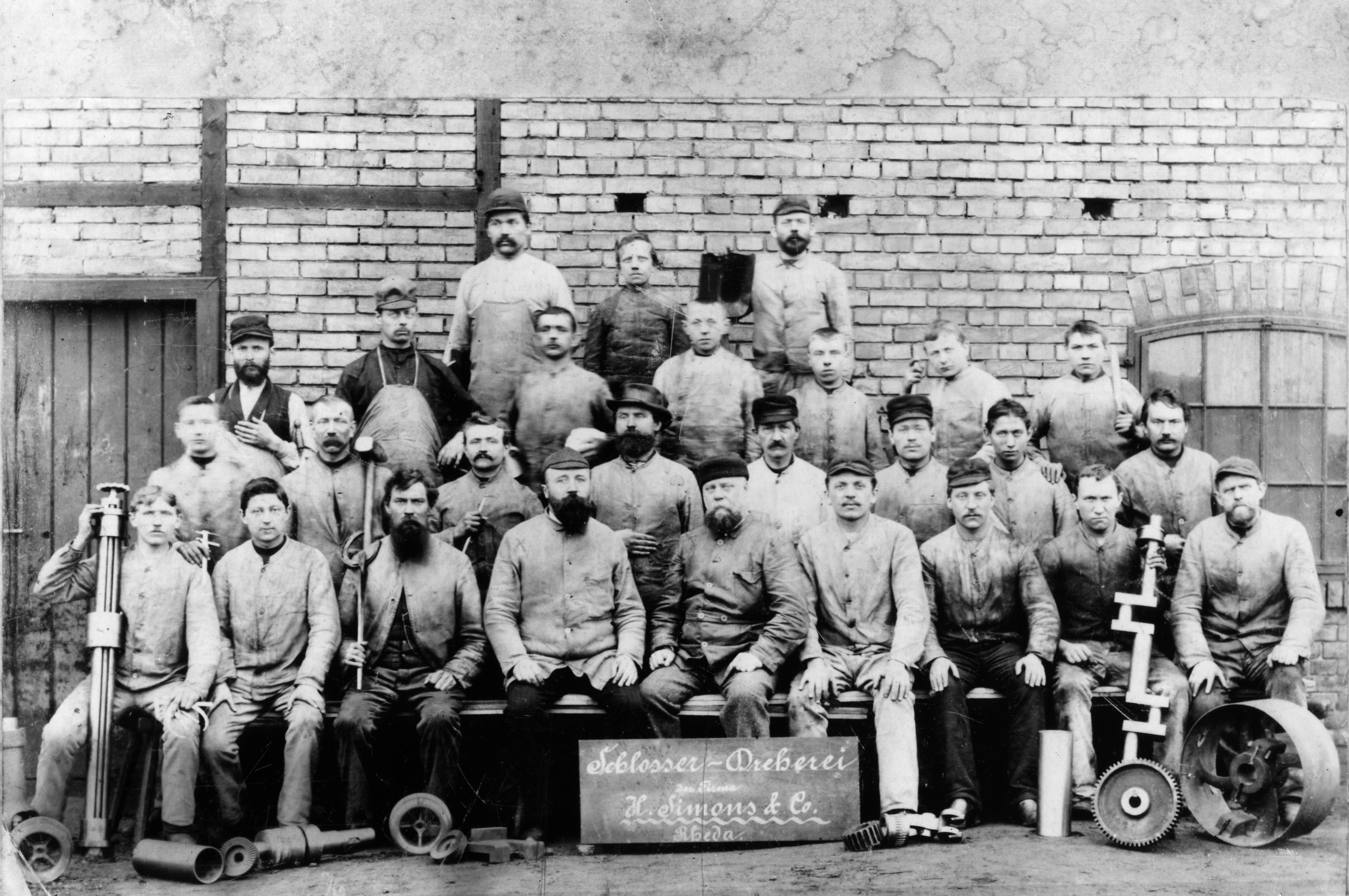
1897
The company is already employing 250 people.
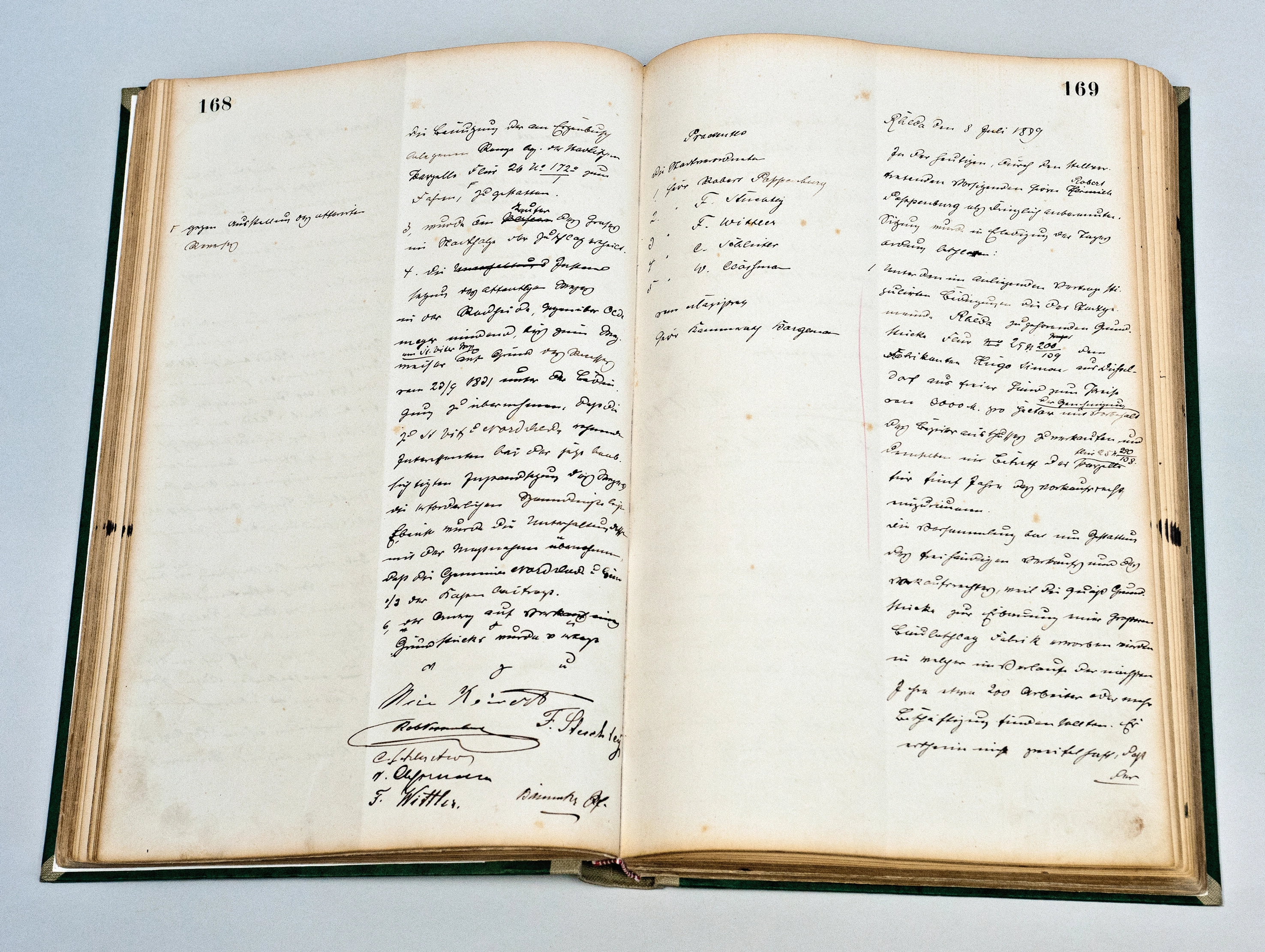
1889
Company founded by Hugo Simons
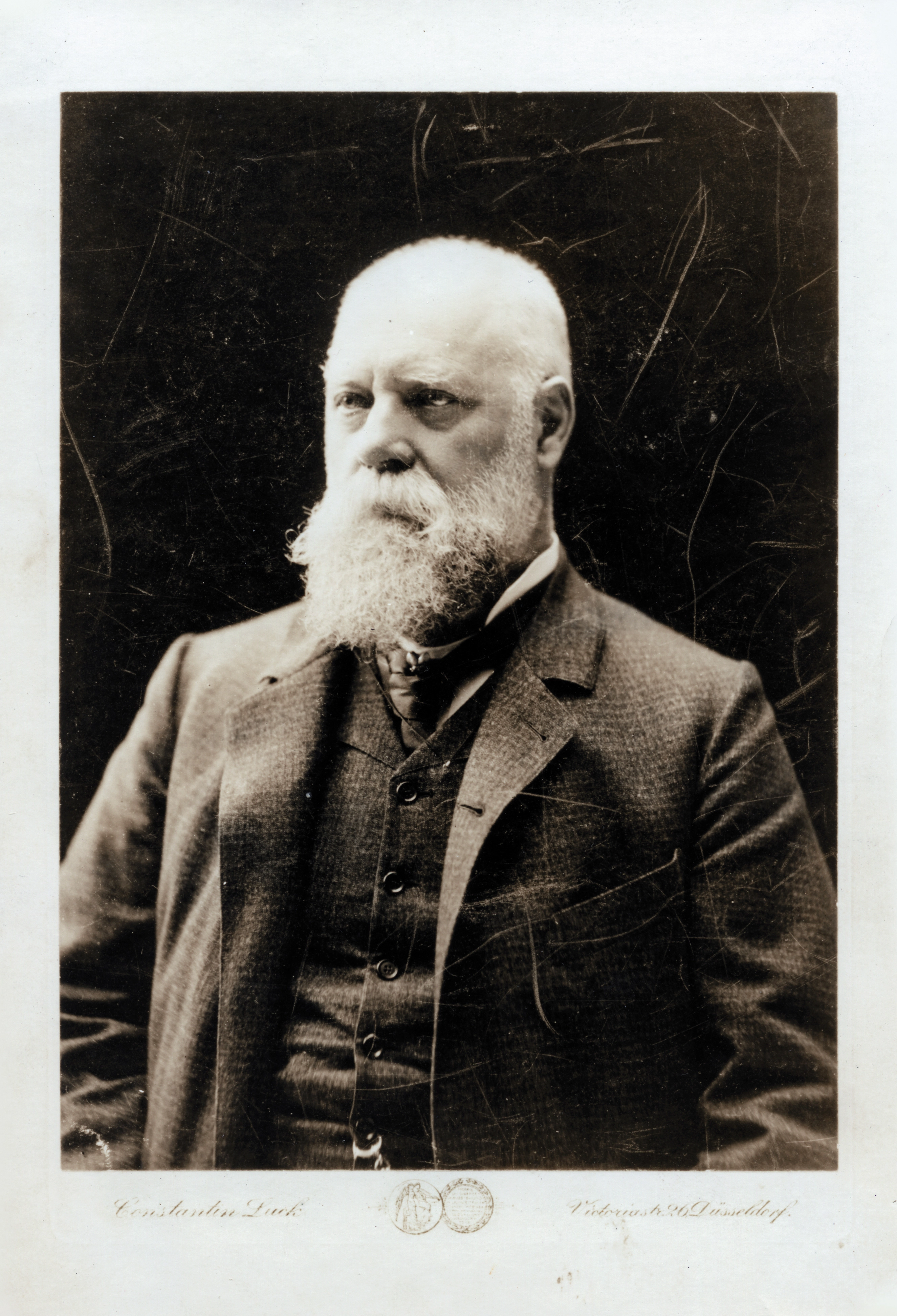
1880
